Detailed Analysis of Ductless Air Conditioning and Its Use

Splits include ductless mini-splits and air conditioners without channels. These gadgets also feature interior and exterior units like the examples above. Both of these elements are connected by wiring and refrigerant tubing. Direct ventilation from indoor units is frequently provided by mounting them on the wall at the desired interior location. As mentioned by the names of these systems, the heating and cooling operation is carried out without ducting. A single-zone system is the name given to this kind of equipment. Ductless systems are only capable of providing adequate cooling for a small area.
As a professional providing ductless air conditioner in Toronto says, the interior unit of these systems installs the exterior unit in the communal space, serving as both a service and a means of lowering sound transmission inside the structure. It is not required to utilize any further materials because these two components alone will create enough space in the wall for the wiring and refrigerant lines to pass through. These systems are the most straightforward and effective ventilation options in diverse locations. Keep reading the remainder of the article to learn more about the air conditioning system’s mechanism.
Without Ducts, How Does an Air Conditioner Operate?
Typically, the architecture of these units is similar to that of central air conditioning units. Internal ducting, operator coils, and blower fans are typical of ductless devices’ internal units. The components of the outside unit are the compressor, fan, and condenser. The electrical connections and copper tubing carrying the refrigerant that links these two parts are described. Ductless air conditioning systems have the qualities listed below:
- Indoor units are attached to the wall.
- Ground units are employed in locations where installing a ventilation system on a wall is challenging.
- These systems also contain ceiling units, which demand stronger visual attention. Air conditioning systems are those units directly affixed to the roof’s surface.
External units on balconies, patios, and other public spaces can control sound emissions. These systems convert the refrigerant from a liquid to a gas and transmit it to the interior unit through coils to cool and expand the air. Additionally, throughout this process, the air is cooled and dried off. During this time, the refrigerant changes from a gas to a liquid before returning to the coils. While the heating is occurring, the cycle is also reversed.
A Few Pointers Regarding Channel Splits
Systems without ducts can provide cooling and heating, making them suitable for restricted ducting locations. These systems are appropriate for use in small commercial structures, villas, and newly added rooms to a home.
Employing additional equipment, such as ductless air conditioners and other ventilation systems, is possible. In addition to saving energy, it increases efficiency.
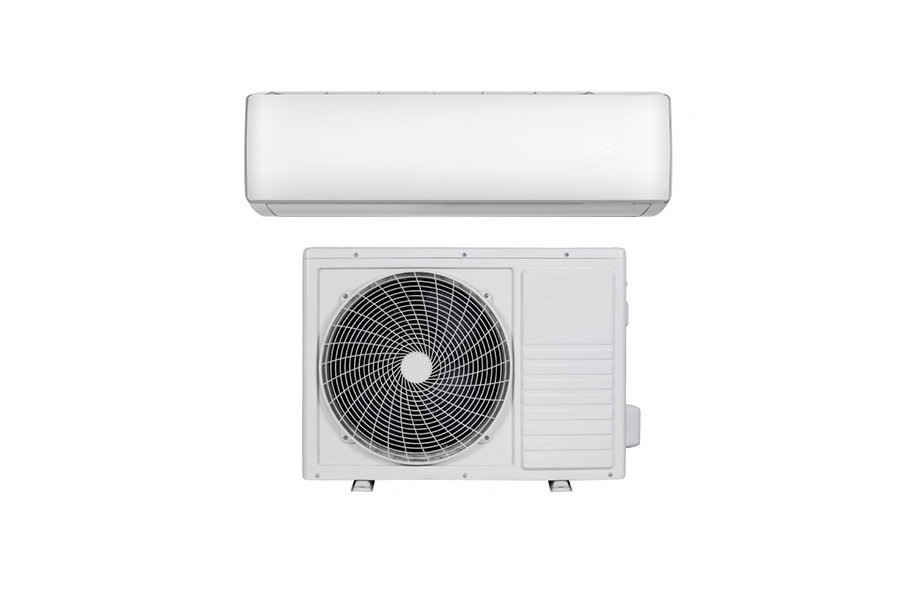
Ductless Systems Drawbacks
Depending on the model, manufacturer, and method of operation, these systems may cost no more or substantially more than standard ventilation systems. But these methods are better since they utilize less energy overall.
Duct tape might look more appealing and modern on the inside. However, the systems without ducts are more susceptible.
Leave a Reply
You must be logged in to post a comment.



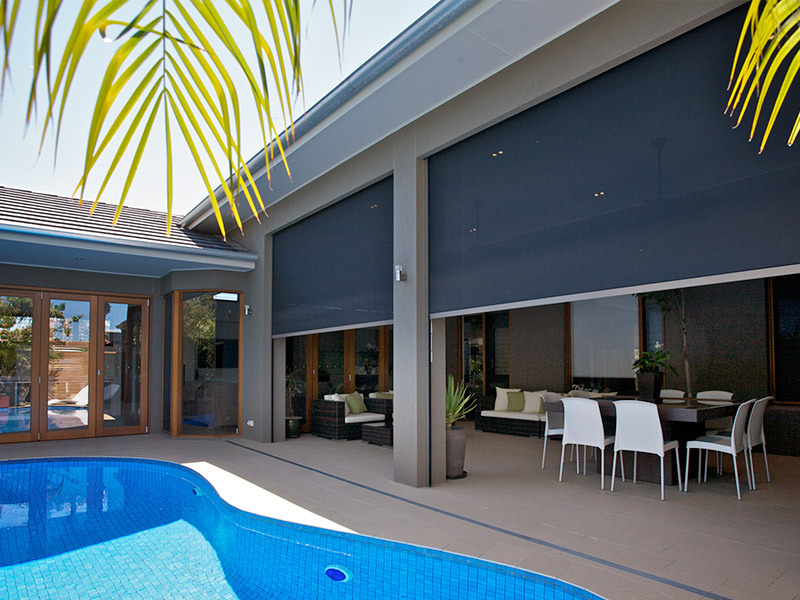






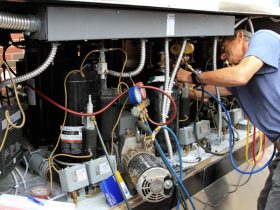

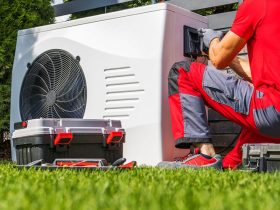
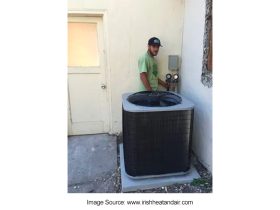

Leave a Reply